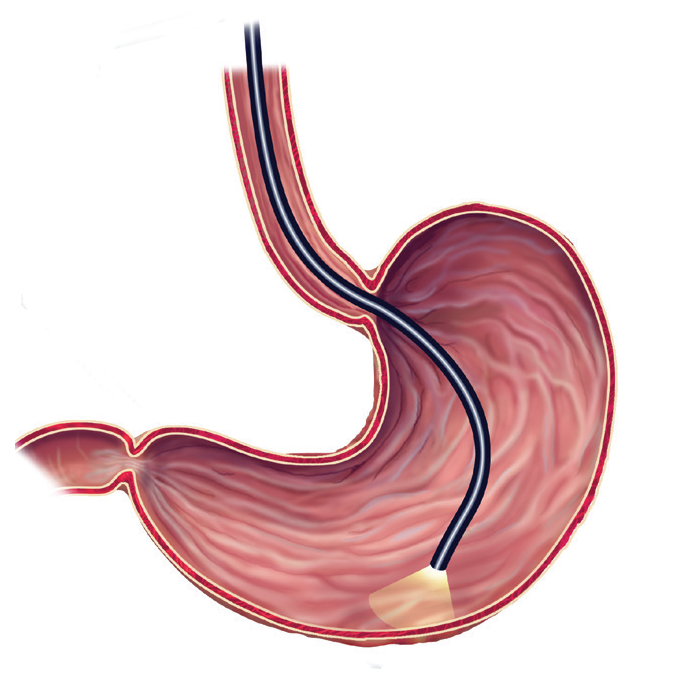What is Upper Endoscopy Procedure?
Esophagogastroduodenoscopy (EGD), also known as fan upper endoscopy, is a procedure used to identify the underlying causes of gastrointestinal disorders and symptoms such as heartburn, Barrett's esophagus, the presence of hiatal hernias, the cause of abdominal pain, unexplained anaemia, and difficulties swallowing, upper GI bleeding, and the presence of tumours or ulcers. Your doctor can inspect the lining of the upper portion of your digestive tract, which includes the esophagus, stomach, and duodenum, during an upper endoscopy (first portion of the small intestine).
This treatment is superior to an x-ray for identifying inflammation, ulcers, and tumours of the oesophagus, stomach, and duodenum. It also allows a doctor to diagnose the reason of upper gastrointestinal bleeding. To differentiate between benign and malignant (cancerous) tissues, your doctor may utilise upper endoscopy to take a biopsy (small tissue samples).
Preparing for an Upper Endoscopy Procedure
You will receive detailed instructions from your doctor on how to get ready for your upper endoscopy. You will typically be told to refrain from eating or drinking anything for around six hours prior to your procedure, with the exception of water, as an empty stomach allows for the finest and safest inspection.
What happens during an Upper Endoscopy procedure?
An intravenous (IV) sedative will be administered while you are lying on your left side for an upper endoscopy. Your doctor will insert a lighted, flexible endoscope into your mouth once the sedative has taken effect. Typically, a plastic mouth guard is utilised to shield your teeth from the endoscope. A tiny camera at the endoscope's tip will send images to a monitor so your doctor can see them.
Your doctor will use the monitor to direct the tools if they are being used to take a biopsy. The endoscope is gradually removed at the conclusion of the examination. The process takes between five and twenty minutes.
What happens after an Upper Endoscopy procedure?
Need to rest in recovery for a short while after an upper endoscopy until the sedative, if any, wears off. Upper endoscopy is a procedure done without a hospital stay.
Some patients have bloating, cramps, or a sore throat after returning home, but these symptoms ought to be minor and eventually go away. If your symptoms don't go away, go to your doctor.
Dr. R. Phani Krishna
